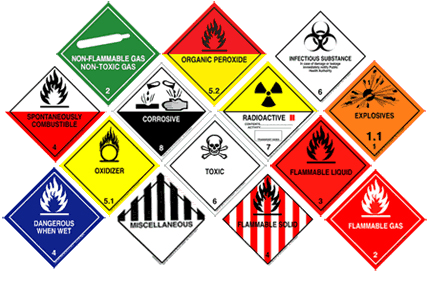
(www.MaritimeCyprus.com) Responding to chemical spills is not as straightforward as spills of oil. Many unique scenarios can emerge during an HNS incident due to the variety of chemicals present, their hazards, how they behave in the environment, potential effects on human health and their varying physical and chemical properties.
Maritime transport is often described as “the backbone of globalized trade and the manufacturing supply chain”, since more than 80% of the global merchandise trade by volume is carried by sea. Some of the goods transported are defined as Hazardous and Noxious Substances (HNS). HNS might be released into the sea as the consequence of illegal discharges or maritime accidents such as groundings or collisions; and whilst major
incidents involving an HNS spill are rare, they can be very complex and potentially have severe impacts on human health, the environment, and socio-economic resources.
The particular challenges associated with responding to HNS incidents are linked to the heterogeneity of the various substances considered as HNS, which include substances presenting various hazards (physical hazards such as fire and explosion, health hazards such as toxicity, and environmental hazards) and behaviours (gases/evaporators, floaters,
dissolvers, sinkers).
The objective of this Marine HNS Response Manual is to provide operational guidance for first responders and decision-makers during a maritime incident at sea or in port involving HNS. The manual does not cover all aspects of an incident involving HNS, but specifically addresses relevant offshore and onshore spill response techniques (but excludes topics such as search and rescue, salvage, medical treatment).

The HNS Marine Response Manual consists of three parts:
- Introductory background information relevant for understanding the concepts driving an HNS response strategy in seven chapters;
- Operational fact sheets and decision-making flowcharts relevant for responders;
- Annexes I, II and III include regional specificities (information on maritime transport, sensitive resources, etc.) for the Baltic Sea (Helsinki Commission (HELCOM)), North Sea (Bonn Agreement) and Mediterranean Sea (The Regional Marine Pollution Emergency Response Centre for the Mediterranean Sea (REMPEC)) respectively.
The Marine HNS Response Manual delves into the appropriate response methods to a release of HNS at sea and explores how to mitigate the potential impacts.
Monitoring is an intrinsic response technique for releases of HNS. It is a key strategy throughout a response and is key to include in risk assessments when planning deployment of resources and in preparation for potential hazards to people and the environment.
HNS can be present in many different forms, and are not as visible as other pollutants, therefore constant monitoring is vital during a response effort to ensure safety of the public and responders. One example would be planning the use of the correct monitoring tools and equipment for the substances present, for example hydrogen sulphide H2S detectors – a colourless gas which decays organic matter, is poisonous, corrosive and flammable.
You can download below the complete manual in two parts:
 |  |
| Part 1 - Marine HNS Response Manual | Part 2 - Marine HNS Response Manual |
Source: ITOPF













